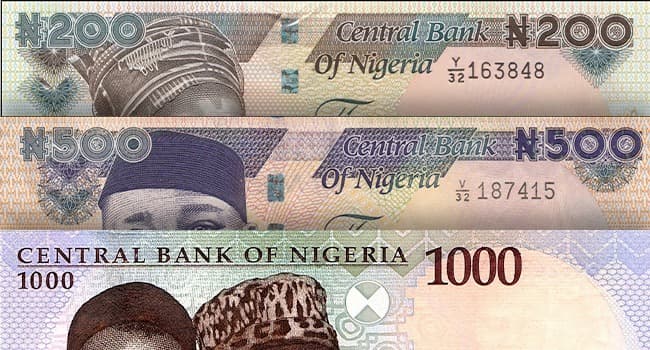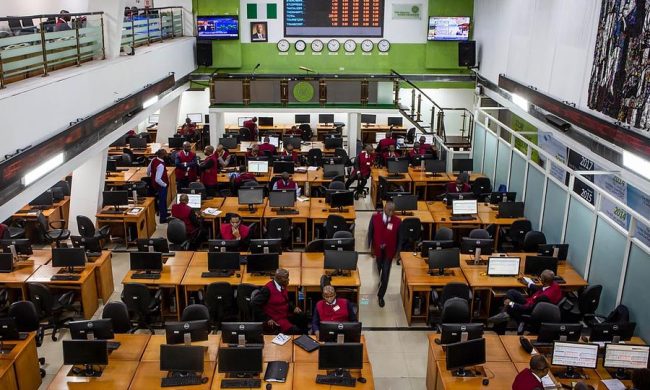The Nigerian naira has been losing purchasing power for three days in a row due to the country’s current foreign exchange crisis. Midway through the week, despite the anticipated $3 billion loan from the African Import-Export Bank, pressures on the FX market grew stronger.
With the poor supply side, it appears that the excitement around the Central Bank of Nigeria’s (CBN) decision to reinstate Bureau de Change (BDC) operators in the FX management chain has also subsided.
Nigeria had to start over since the monetary authority’s politically motivated choice had been a mistake. While trying to boost the performance of the private sector, the nation is at a disadvantage because the FX difference between exchange rates across the market has grown.
“Devaluation was done wrongly –There was no critical analysis of the apex bank decision to float the naira, the need to settle FX backlog and total analysis of what could go wrong in between.
“Nigerians don’t benefit from naira devaluation – if they do, the authority should come out and explain how the recent decision positively affected the citizen – for me, it was not well thought through. It is a continuation of colonial mentality that we should reduce the value of our local currency against the dominant US dollar”.
In their separate results, consumer goods, and telecom companies reported large losses due to fluctuation in exchange rates. At the investors and exporters FX window on Wednesday, the Naira weakened against the US dollar at the Investors and Exporters (I&E) windows, trading at N773.43 from N770.72 on Tuesday.
Conversely, the parallel remained unchanged, with the Naira closing at N900 while hope for fx accretion into external reserves fell. The oil market has switched into bearish mode as Iran floods the global market with crude.
Brent crude fell 1.03% to $83.17 per barrel, while WTI crude lost 0.96% to $78.88 per barrel. Oil futures were lower, fueled by disappointing PMI data as the S&P flash Global Composite PMI contracted to 50.4 (from 52), while the US Manufacturing PMI dropped to 47 (from 49).
Elsewhere, gold was trading near $1,915 per ounce (+0.93%), supported by improved demand for bullion amid lacklustre PMI data, which pushed US treasury yields downwards.














